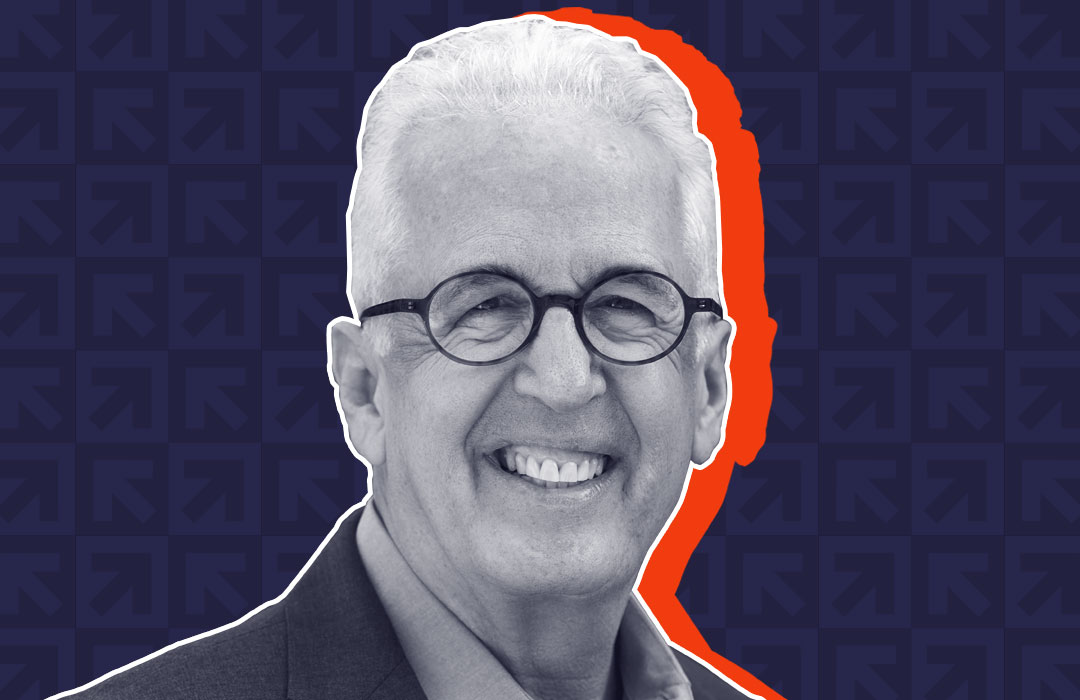Back in the ’60s, Lee Kramer was just a kid who loved Monopoly.
Kramer, who is deaf, played the board game often with his family, and he grew curious about the inner workings of finance. So he asked his parents, also deaf, what stocks were — “they didn’t really know,” Kramer recalls. Then he asked their friends — they didn’t really know, either.
It was before the internet, before the Americans with Disabilities Act, even before closed captioning on TV. Kramer’s resources were limited: “Deaf people really only accessed news through newspapers and word of mouth — or word of hand, I guess,” he says. “It hit me that there was a lack of access to information within the Deaf community about the investment world.”
His business, Kramer Wealth Managers, aims to bridge that gap by offering financial services in American Sign Language, or ASL. Established in 1985, the company includes five deaf advisors and five full-time staffers, two of whom are hearing. Everyone is fluent in ASL (including Lisa Dewing, who interpreted Kramer’s interview with Money).
With offices in Maryland and Texas, Kramer Wealth Managers handles all the standard stuff: insurance strategies, estate design, college savings, tax analysis, retirement planning. But they often approach it from an educational standpoint because, for one reason or another, some clients don’t fully grasp their financial plan.
Americans’ financial comprehension isn’t great in general, and deaf people can face additional challenges. For many ASL users, English is a second language, so materials can be confusing. Kramer points out, too, that a large percentage of deaf children are born to hearing parents who don’t sign.
“Many of us learn financial concepts from our parents when we’re young, but when there's a communication barrier and you can't communicate well with your parents, that information doesn't get passed down,” he says. “Dinner table conversations over holidays — deaf children don't have the ability to just overhear Dad and Grandpa talking about their investment portfolios.”
That’s why Kramer’s company has an entire “Learn From Us” section on its website that includes an ASL library of finance and investment terms like diversification, time horizon and volatility. (Upon clicking a glossary card, a video pops up with a brief explanation in ASL.) Another part of the site is devoted to vlogs in ASL that tackle current events like inflation. It’s helpful information even if you’re hearing, which many of Kramer’s clients are.
It’s been a long journey to get there — when Kramer first started, he had to do all his meetings in person, so he was traveling constantly, and without online trading, he had to have a hearing staff member make his phone calls for trades.
Video phone technology and the advent of the internet have helped, but Kramer still runs into the occasional roadblock.
For instance, two-factor authentication for asset movement verification is a pain. Though many deaf people have phone numbers on file for text messages, they’re not set up to receive voice calls. Voice recognition services pose problems, too, because a deaf client calling in through Video Relay Service will likely have a different interpreter — and therefore a different voice — every time.
And despite the fact that more than 37 million American adults have trouble hearing, there still simply aren’t that many certified financial planners who are both Deaf and currently practicing. Kramer says he knows of two: himself and Jeremiah Thompson, who works for him. (His team, he believes, also includes the first deaf female advisor to earn the Series 7 General Securities license and the first deaf financial advisor to earn a doctorate.)
The network is “rather limited,” Kramer admits. He’d love to see more deaf experts in the financial services industry, but “it's hard for deaf students to see that as a viable field when they're not seeing a lot of deaf professionals already in [it],” he says.
Looking forward, expanding that pool is crucial. Deaf advisors may, for example, have more experience navigating things like Social Security Disability Insurance and ABLE Accounts than other professionals in this space. More importantly, learning about money from a member of your own community makes for a better client-advisor relationship.
“There’s a level of comfort that comes with working with someone with a shared experience and a shared language,” Kramer says.






